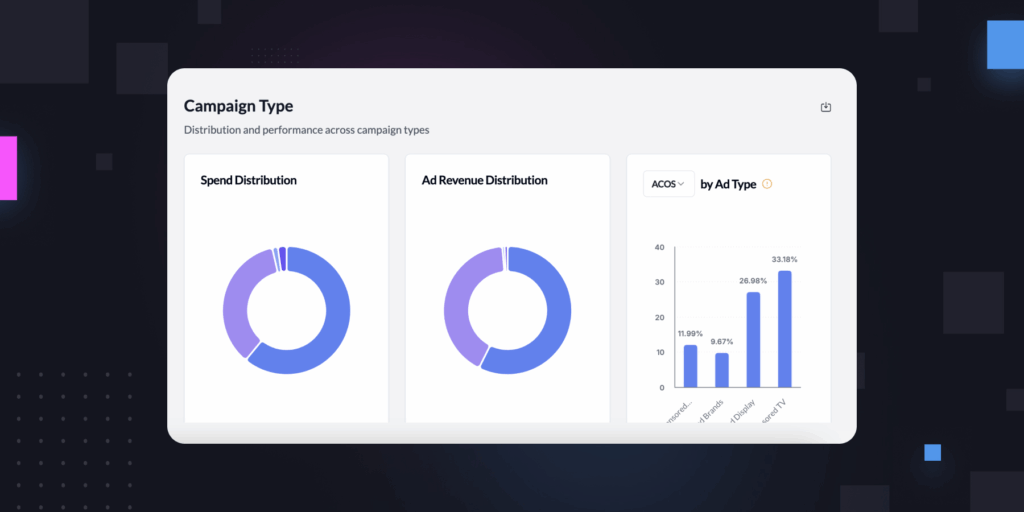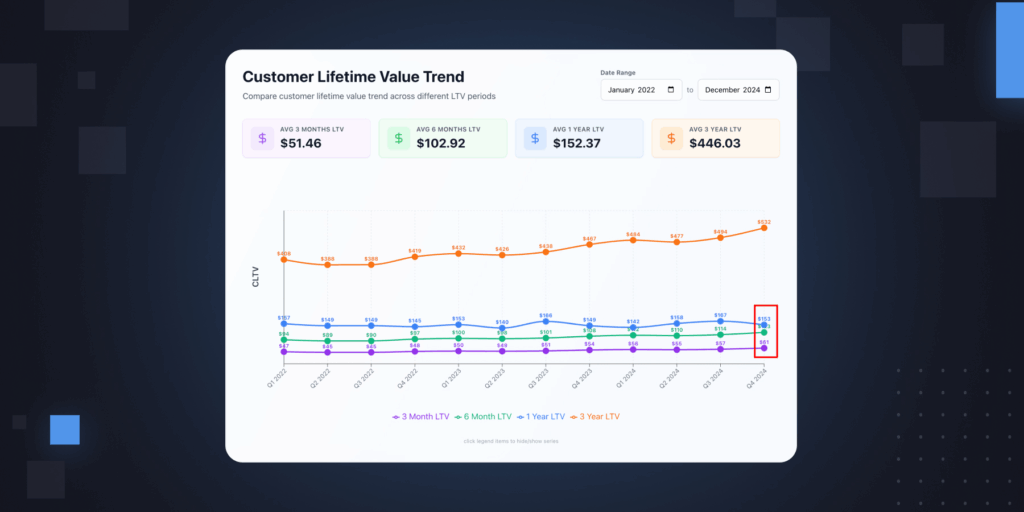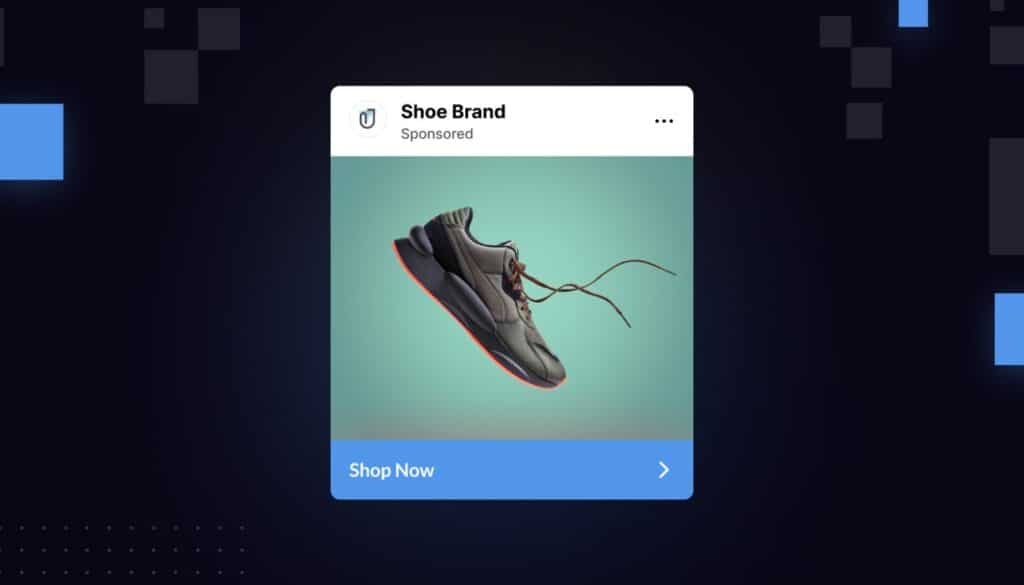You’ve probably seen many of the major announcements from Amazon’s unBoxed 2025 conference last week—but there are two in particular you shouldn’t overlook.
These two announcements are so important, we think, because they set the scene for the future of advertising on Amazon.
The big story of Amazon ads right now is that we are moving to a place where data is abundant. Amazon is sharing more data with brands and agencies, and creating countless new formats and features for advertising.
It’s all exciting stuff—and savvy businesses can absolutely use it all to get ahead. The challenge is going to be ingesting and analyzing all of this data as swiftly as possible, so you can use it to truly influence your business decisions.
On that theme, we want to highlight two really critical announcements from unBoxed.
One is big and splashy, and you might already know many of the high-level details.
The other is more subtle—but arguably just as important, if not more so.
Sponsored Products ads are getting a video edge
You may have already heard that Amazon has a new ad format: Sponsored Products Video.
This is going to be a big deal. Sponsored Products are obviously the most popular ad format on the platform, and any change to it will inevitably reshape much of the ad market.
For customers, Sponsored Products Video is probably going to change the experience of shopping on Amazon. When shoppers search for “cold brew coffee maker,” they’ll suddenly see a lot of videos in search results.
Advertisers, meanwhile, will probably have to deploy a whole new set of tactics for promoting their products.
Basically, through Sponsored Products Video ads, you can now upload to 1-5 videos per product, plus descriptions for each video.
Shoppers can toggle between the videos in search results, before they ever navigate to your product details page.
These videos are designed to promote specific features that might be most relevant to your sales pitch.
They’re a way, in other words, to draw in shoppers with specific aspects of your sales pitch, before they ever actually navigate to your page.
What all this means for brands is that knowing your competitive edge is more important than ever.
Make sure you have a handle on the features that most differentiate your product from your competitors’ products.
Is there something particularly sleek about the design of your product? Something unique about the size or portability? Some embedded feature that is different from most others on the market?
Sponsored Products video ads are your chance to showcase those features that give you the edge.
If you aren’t sure how to identify your competitive edge, data helps. We discussed it here, but basically, you can figure out your competitive edge through some combination of tracking high-performing search terms and studying reviews sentiment.
You can also run a basic demographic analysis, using a bit of Amazon Marketing Cloud savvy. You can very easily identify your core audience based on demographic, location, and more.
Intentwise Explore, our solution for AMC, lets you pull an AMC report that tracks your sales performance and market penetration rate against every audience Amazon offers.
These include both demographic characteristics (age, income, homeowner status) as well as general interest audiences (football fans, etc).
With this report, you can see exactly which groups of people are most and least likely to buy from you.
Either way, once you have identified the aspects of your product that help you stand out most, the only remaining task is to figure out how to represent those unique features visually.
What’s a simple, video-based way to show a shopper that yours is the most portable product of its kind on the market? If you have your data handy, that’s potentially the only question you’ll have to answer.
Extended lookback windows for advertising data
Here is the biggest unBoxed announcement you might have missed: you’re about to get a ton more advertising data.
In the Amazon Ads console, you’ll now be able to see daily advertising data 15 months into the past. Monthly data will go back a full 5 years.
This is a huge jump from the previous norm. Ads data used to go back just 2 months. Now you get far, far more in one view.
Meanwhile, in AMC, the default lookback window for ads data is nearly doubling. When you start using AMC, you now get ad traffic signals going back 25 months. (Previously, the lookback window was 13 months.)
Taken together, these data extensions mean you’re going to be able to get far more granular in your analysis.
For every tactic you execute, you’ll be able to have many, many comparison points.
Let’s say you’re looking at your ongoing holiday campaigns, and you’re wondering how they compare to your numbers at this time point in the year.
Maybe you feel like you aren’t gaining the usual traction you do, and you’re wondering whether it’s too soon to make a change to the campaign.
In the console, you can now instantly compare at least two past years worth of tactics, rather than just relying on one. You’ll have a bunch more Prime Day and Black Fridays to compare your performance against.
If a campaign feels like it’s lagging, going back through your history and seeing multiple comparison points makes you a lot sharper in your decision making.
You can also see which tactics build over time. Maybe a certain audience has a spike in its first month, but how do you check whether a new audience really continues to pay dividends?
And what’s the long-tail of any one campaign: how many of your shoppers don’t simply purchase but eventually Subscribe & Save, or buy an upsell?
The extended lookback window is the only way to see these patterns truly holistically.
Sure, we know an announcement about a data extension isn’t as flashy as a new ad format. But this is something to pay attention to. Even the savviest businesses now suddenly have double the data history available to them.
There’s just so much you can do with double the advertising data. You can measure paths to purchase over time, or track the lifecycle of a typical customer and how that has changed.
You can even crunch the numbers on your repeat purchase rate or your customer lifetime value over time.
The possibilities are endless, and if you want ideas, talk to us. We’re more than happy to show you how this extra data can make you more efficient.




